Conscious consumption is any act or practice that we exercise in relation to improving our consumption habits and reflecting such habits in light of the impact they can have, whether on our finances, the environment or society. It's thinking about the intelligent use of resources, the quality of what we buy and even circularity, reuse and reuse.
What does this have to do with agroforestry?
When we think of the food system as it stands today, it is not difficult to see that collapse is at hand. Large areas destined for the production of few species, intensive use of chemical products such as fertilizers, insecticides, herbicides; standardization of cultures, nutritional impoverishment, soil and air degradation, and so many other effects that traditional agriculture has been causing to the planet. Agroforestry, as a biodiverse, resilient and regenerative production system, is configured as a solution to feed a growing population, when applied at scale. The good news is that large corporations are increasingly interested in regenerative agriculture, so the scenario is hopeful of reversing, albeit slowly.
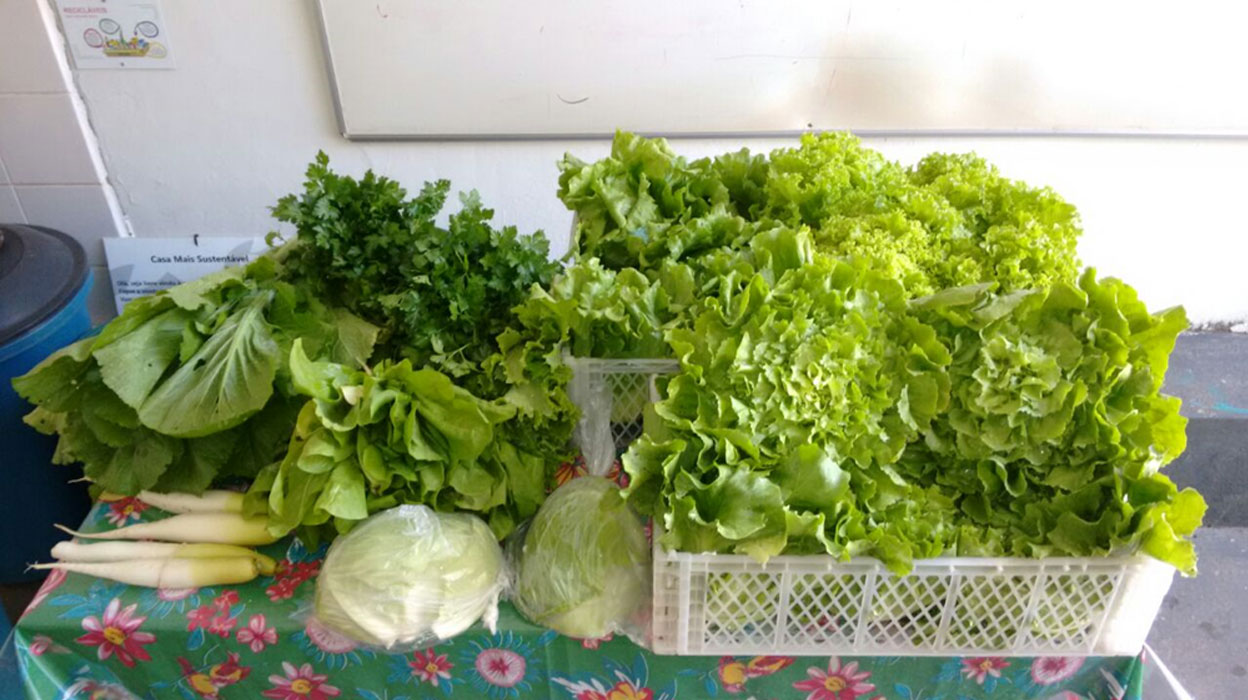
How to begin?
We, as consumers, can also do our part by rethinking our consumption habits and revolutionizing the micro to reach the macro. Some of the food consumption practices can be rescued from the habits of generations before ours, such as:
– Go to street markets and buy directly from the producer instead of large supermarket chains. Thus, it is possible to know the origin of what we consume, generate fair income for small local farmers and artisans and also establish a more humanized connection with those who get their hands dirty;
– Visit the municipal market in your city. These shops are great options for finding a wide variety of products and supporting the local economy, as well as being cultural centers that allow you to get to know the history of your region in greater depth;
– If there are no fairs in your city or neighborhood and the only option is the supermarket, it is still possible to be selective when choosing what to buy. It is worth asking the local staff about the origin of the food, especially the vegetables;
– Consume a variety of foods produced by family farmers, encouraging them to continue to cultivate plants and animals that are not of interest to large landowners, contributing to the conservation of species and the wealth of nutritious foods (for example, Unconventional Food Plants ( PANCs);
– Prioritize seasonal foods, which have higher nutritional values, prices are lower due to the greater quantity available to consumers and are fresher;
– Do not stick to appearance, as imperfect vegetables are not inferior in nutritional value or quality in general, which generates less waste at the end of the chain, since these foods are generally discarded.
What if I live in a big city?
It is possible to find family producers near you through social networks and cooperative websites. Generally, through these platforms it is possible to buy individual products and also request delivery of baskets with the food they grow and/or prepare. Monthly packages can be hired and you can choose the types of food you want to receive, such as vegetables, fruits, cakes, jellies, sausages, cheeses, honey, eggs, etc.
One example is CSA Brasil (Community that Sustains Agriculture), which links the producer directly to the consumer, valuing and transforming the buyer's relationship with farmers and with nature. In this initiative, the community has the opportunity to be part of the production process and to have contact with the land, understand where their food comes from and get to know who grows it. To learn more, visit: http://csabrasil.org/csa/
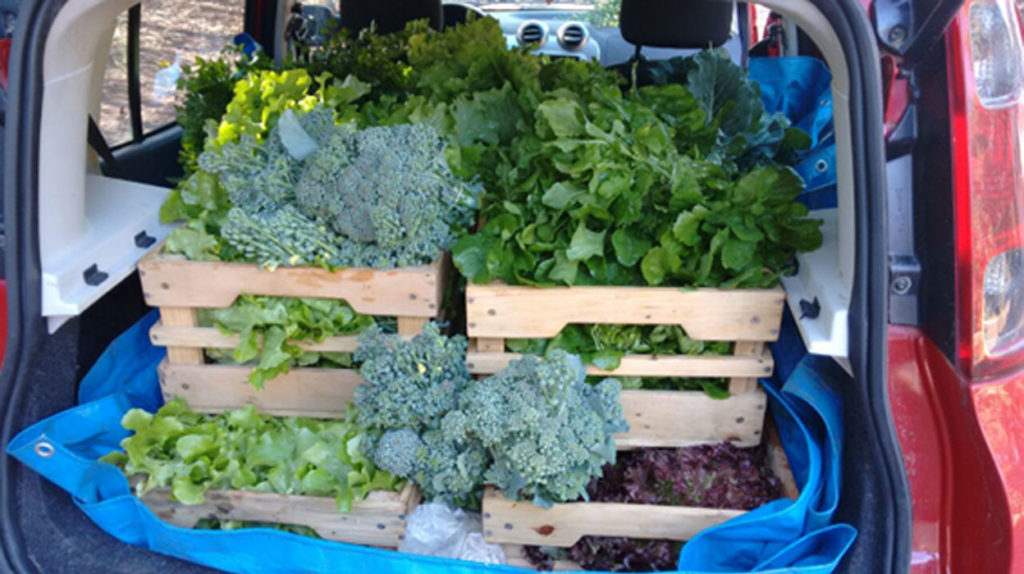
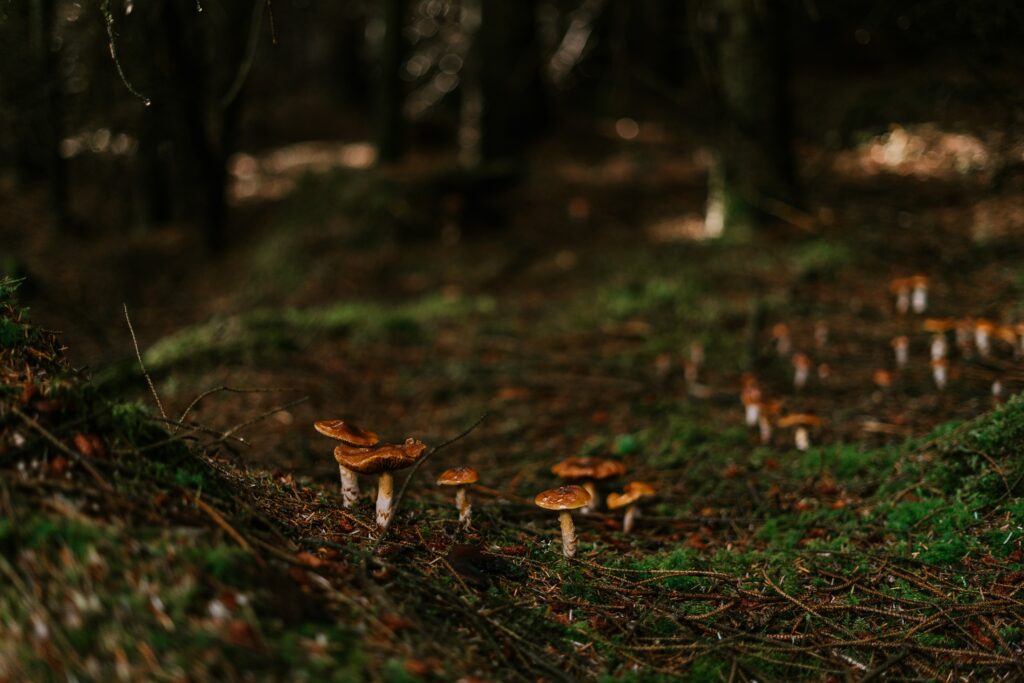
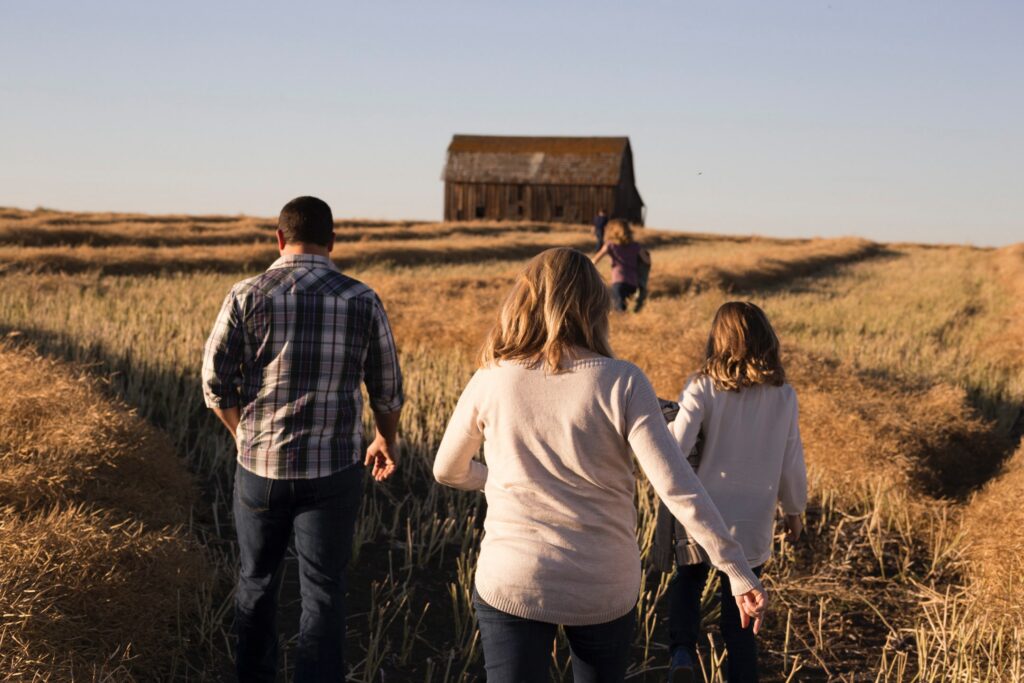
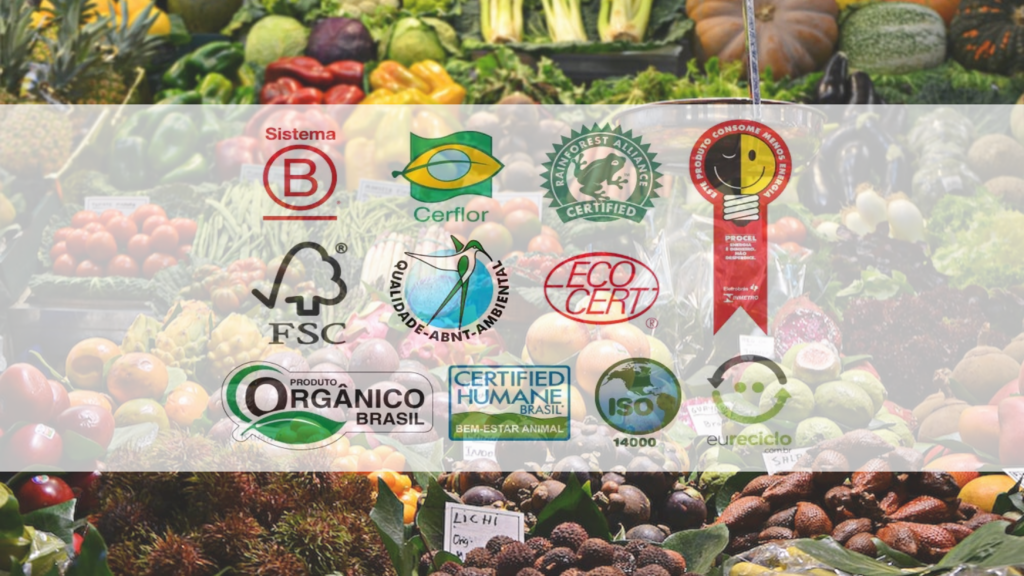
 agroforestry taken seriously
agroforestry taken seriously 